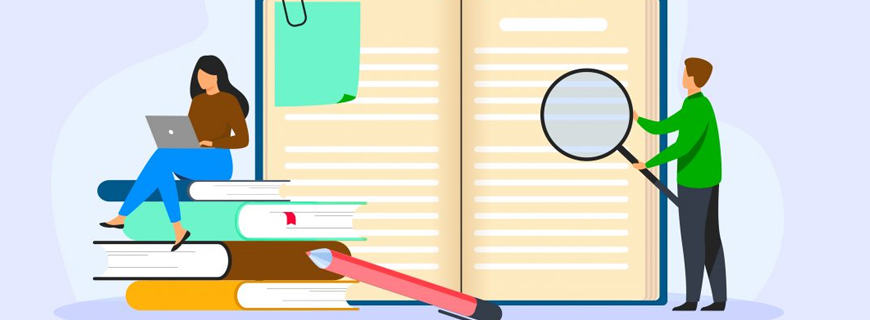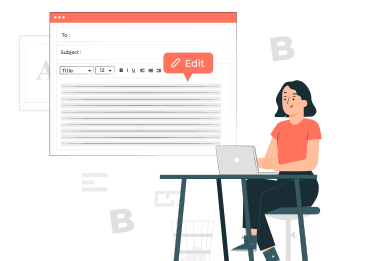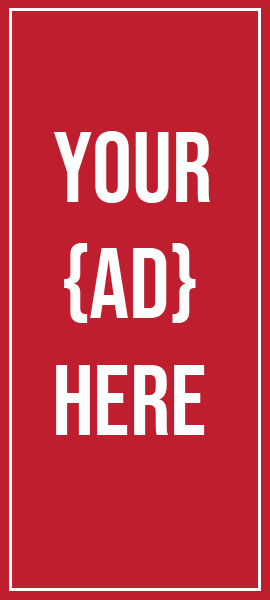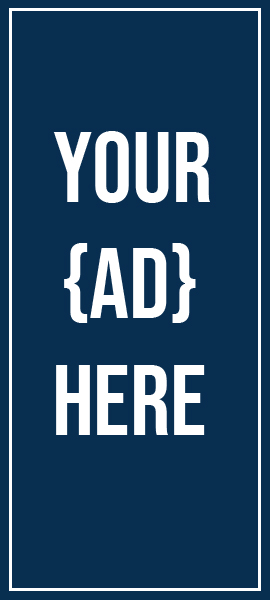
Techniques for Editing & Proofreading for Errors
There is no great writing, only great rewriting.
– Justice Brandeis
Introduction
With all the hard work you’ve put into your proposal, the last thing you want is for it to be tossed into a corner because of problems with the presentation or spelling and grammar errors.
Even if someone else will be editing your work, you should always proofread and edit your writing before handing it off. This way, you can make sure that you said what you really meant to say.
Remember: A good editor is like a good plastic surgeon – after they’re done, you should be able to tell that things are better, although you can’t tell exactly what has changed.
Proofreading Like a Pro
When we read a document, we don’t read every word. Instead, our mind scans each sentence to gain overall comprehension. This makes it tough to spot and correct errors.
Here are some tips to proofread like a pro:
Set up an environment conducive to editing, with good lighting, minimal distractions, and all the tools you need.
Make a conscious effort to read slowly.
Read the document several times.
Try reading out loud.
Make a checklist of errors that you will be looking for.
Try reading in the opposite order: from the bottom to the top of the page, and from the end to the beginning of a paragraph.
If you’re not sure what a word means, or if it has been used correctly, look it up.
Expect to find mistakes.
Editing Techniques
Editing is different from proofreading in that proofreading mainly focuses on spelling and grammar, while editing looks at the clarity, accuracy, and consistency of the document as a whole. Therefore, it is important to understand exactly why you are editing the document:
For spelling and grammar (and therefore focusing on proofreading)?
For general writing elements (such as ensuring that sections each prove a specific point, that all points leadto the conclusion, and that the document is clear and concise)?
For specific proposal elements (such as the introduction, statement of understanding, and executive summary)?
For layout, formatting, and presentation?
For factual accuracy?
For illustrations?
For all of the above elements?
Brief check
In a peer review setting, the editor notes recommended changes and then hands the document back to the writer for revision, so make sure your editing marks are clear. Electronic review may be particularly useful if there are multiple reviewers.
Checking the Facts
Fact-checking is an important part of the proposal editing process. The fact checker’s sole goal is to review the information in the proposal and make sure that it is factually correct.
Key items to check include:
Validity of quotes from people
Mathematical calculations
Presentation, analysis, and interpretation of studies
Phrasing of statistics (for example, use of words like always, exactly, never)
The fact checker must also ensure that first-hand information is available. For example, if a scientific study is quoted, that study must be available, not another item (such as a newspaper article) quoting it.
The Power of Peer Review
Peer review should be a mandatory component of any proposal writing process. Typically, your peer editor reviews the document, and then gives you feedback to incorporate into the proposal.

Why is peer review so important? First, because of the way the human brain works, it is physically impossible for you to see many of your own errors. Second, having someone else read your work will help ensure that you have included all points to make a logical, clear case. Third, everyone has their personal areas of writing weaknesses, and peer review will help compensate for those weaknesses.

Methods of editing and proofreading the text
The editing process should start while you are still working on the initial draft of your proposal. It is more important to focus on refining the proposal’s logistics than on correcting surface-level flaws or grammatical mistakes.
When the editing process is complete, the next step is proofreading. Focuses on surface-level problems including misspelling and grammar errors.
Editing Techniques
Content
Is there an answer to each of the components of the question?
Is there a disagreement here?
Are you able to argue your point in each of the paragraphs?

In General, the Structure
Is there an obvious transition from the beginning to the end?
Is the order of the paragraphs logical?
Are there smooth transitions from one paragraph to the next?
The Organization of Content Within Paragraphs
Is there a clear topic sentence at the beginning of each paragraph?
Is the paragraph organized to support the thesis?
Are there any extra supporting paragraphs or are there any that are missing in each paragraph?
Clarity
Are there clear explanations for each phrase provided to the reader?
Is it easy to understand what the statement is trying to say?
Have you given careful consideration to the terminology you’ll use to convey your thoughts?
Style
Is the tone suitable for the people who will be listening?
Have you used different lengths of sentences throughout the entire proposal?
Exist any superfluous phrases, like “due to the fact that” or “because of the fact that”?
Citations
Are the citations you’ve provided in the right format?
Have you cited every instance of paraphrase and direct quotation as required?
Processes Involved In Proofreading
Out loud, please read your proposal. When you put your thoughts down on paper, they don’t always come out the way they did in your head.
Create a list of the mistakes that you are most prone to making and be on the lookout for them.
Turn the page and read the text backwards. There are times when the brain will automatically repair faults in written work.
When you proofread, pay attention to just one category of error at a time.
Check everything more than once:
Names given in full
Citations
Punctuation
Page numbers
The header and footer content
Fonts
Take your time and read with care.
Additional Useful Advice
Concentrate. Eliminate the noise, as well as any other distractions. If you maintain your concentration, you will find more errors.
Do not attempt to modify your work just after you have finished writing it. After setting it aside for some time, even a few days, you should come back to it later. This will allow you to see things more objectively and catch more faults as a result.
After you have reviewed it as thoroughly as you are able to, you should have another person look it over. A second set of eyes may take in twice as much information as the first.
You shouldn’t put all of your faith in the computer’s spell check or grammar check. They are also prone to missing things on occasion.
Determine if you find it simpler to edit on the computer or on a printed page and do it accordingly.
Brief check
Keep your materials near at hand so that you can look up anything that you are unclear of quickly and effortlessly. The following are examples of useful resources: Thesaurus\sHandbooks\sHandouts
The Top Twenty Most Frequent Surface Materials Errors
- omitted comma after the phrases in the introduction
- unclear pronoun references
- Comma omitted in the middle of a complicated statement
- incorrect or missing verb ends incorrect or missing prepositions incorrect or missing words missing or incorrect comma(s) with non-essential items
- comma splices
- apostrophes denoting ownership are either absent or in the wrong place
- alterations in the tenses that aren’t essential
- pieces of sentences and pronoun swaps that are unneeded
- improper tense or verb forms
- a number of grammatical errors, including: missing commas in a sequence; disagreement between the subject and the verb; disagreement between the pronouns and their antecedents
- comma or commas that aren’t needed for a clause that contains restricted or vital aspects
- Combinations of sentences
- modifications that are missing or in the wrong location
- Confusion between its and its (Its is the possessive case of the pronoun it, and it’s is a contraction of either it is or it has) This dog is quite savvy and understands the boundaries of its territory.
Practical Application
John sat in his study, looking over the sales proposal that he’d just finished writing. In the past, he had gotten feedback from co-workers and supervisors that his work often needed more proofreading. This often led team members and supervisors to find more errors in his writing than he would prefer. John knew that he didn’t want to get the same feedback once again, so he tried something different this time.
John made sure that he was in a quiet, well-lit area. He read through the document several times, and then he read the document out loud, to catch wording and phrases that needed to sound smoother. Finally, he took out a list of errors that he often made and double-checked the proposal.
Once John proofread the document using his new skills, he felt confident sending out the first draft as a .pdf file to his supervisor.





